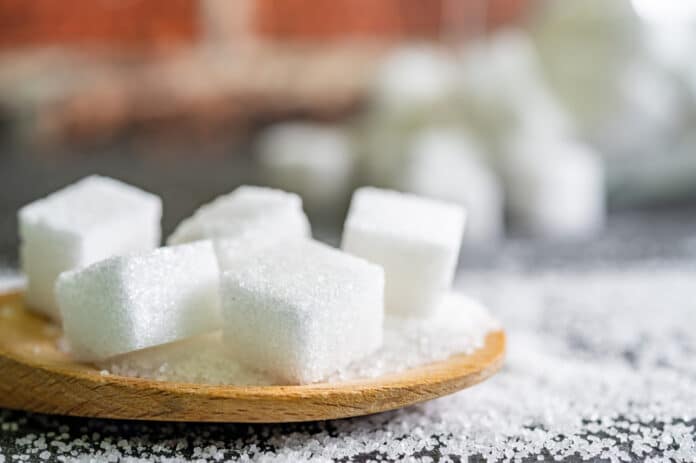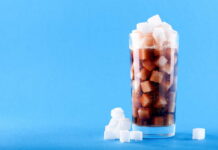
Sugar is the name of the sweet-tasting carbohydrates which your body converts into energy. On the other hand, sugar alcohols have a different chemical structure, and your body cannot absorb them efficiently. This article explains the differences between sugar and sugar alcohol.
What Is Sugar?
Sugars are sweet-tasting carbs. On a chemical level, they contain hydrogen, carbon, and oxygen atoms. They are naturally found in foods like vegetables, grains, and fruits. Simple sugars can be split into two categories, i.e., monosaccharides and disaccharides.
Monosaccharides contain just one type of sugar molecule, with examples including glucose, fructose, and lactose. Disaccharides are two monosaccharide sugars joined together. The most common disaccharide is sucrose, which comprises fructose and glucose molecules.
What Are Sugar Alcohols?
Sugar alcohols, also known as polyols, are a carbohydrate structure similar to sugars and alcohol. However, sugar alcohols do not have ethanol, making them safe for people who prefer to avoid alcohol.
Given that they are similar to sugar, sugar alcohols can activate sweet receptors on your tongue and have a cooling, pleasing effect on the taste of foods. That said, they are not efficiently digested or absorbed as regular sugar, meaning it contains fewer calories.
What Are the Differences Between Them?
Sugars and sugar alcohols differ in the following ways:
Calories and sweetness
Sugar alcohols contain fewer calories than regular sugars. On average, they provide about 2 calories per gram, compared with the 4 calories per gram supplied by sugars. Additionally, sugar alcohols are slightly less sweet and supply 25-100% of the sweetness of table sugar.
Effect on blood sugar levels
When eaten, sugars are broken down and absorbed into your bloodstream. This can lead to a rise in blood sugar levels.
On the other hand, sugar alcohols are not easily absorbed and have a low impact on your blood sugar level. As such, they are a good alternative for people with metabolic syndrome, pre-diabetes, or diabetes.
Digestion
Sugars are digested in your small intestine and transported into your bloodstream to be metabolized or converted into energy.
However, most sugar alcohols go through to your large intestine. This is where it gets fermented into gut bacteria. Higher intake levels can lead to bloating, stomach pain, flatulence, and diarrhea.
Conclusion
Sugars and sugar alcohols are sweet-tasting carbs with different chemical structures. Sugar alcohols are less sweet and have fewer calories than sugars. However, they are not well absorbed by your body, meaning that consuming them in large quantities can lead to bloating, stomach pain, flatulence, and diarrhea.



















